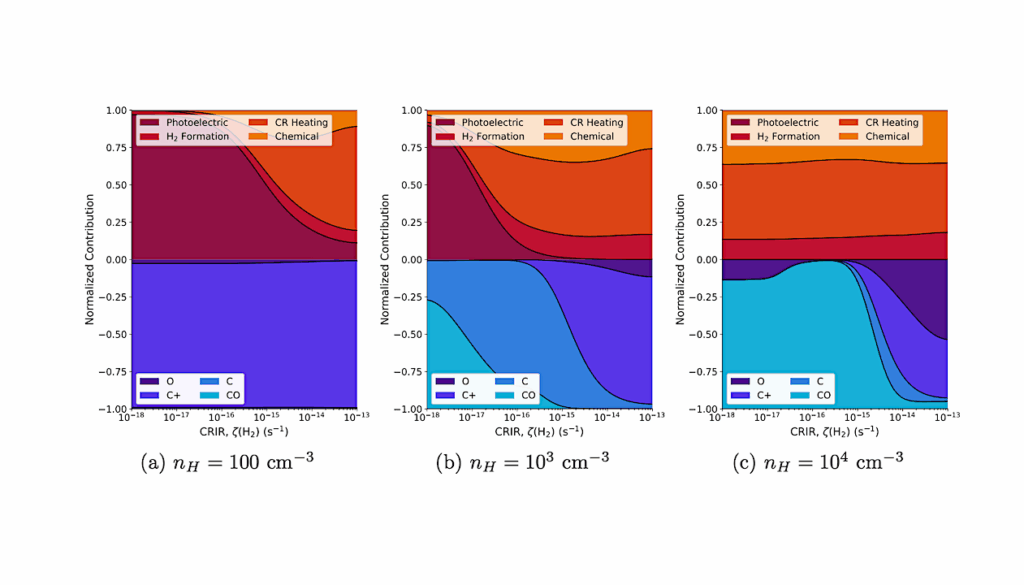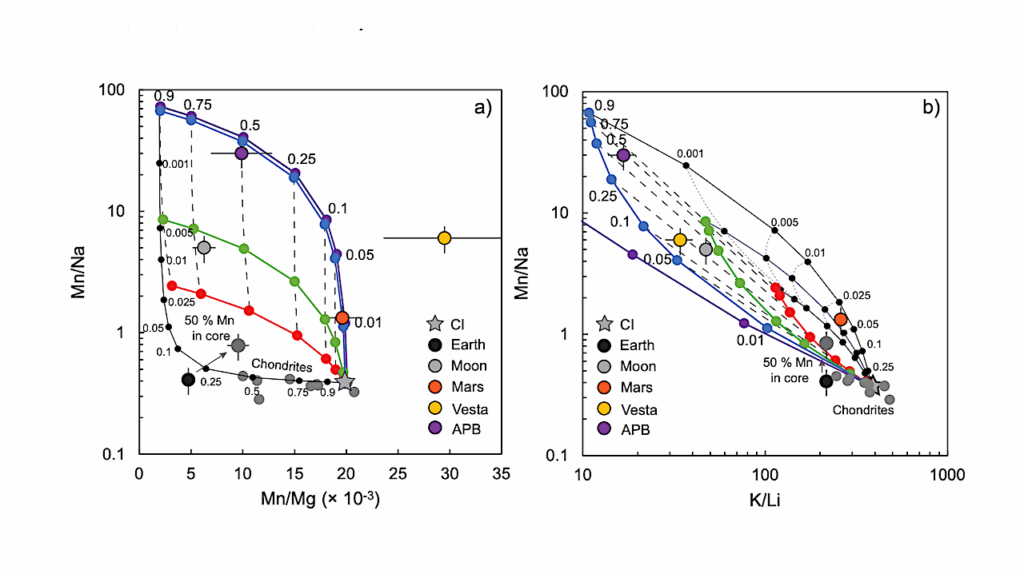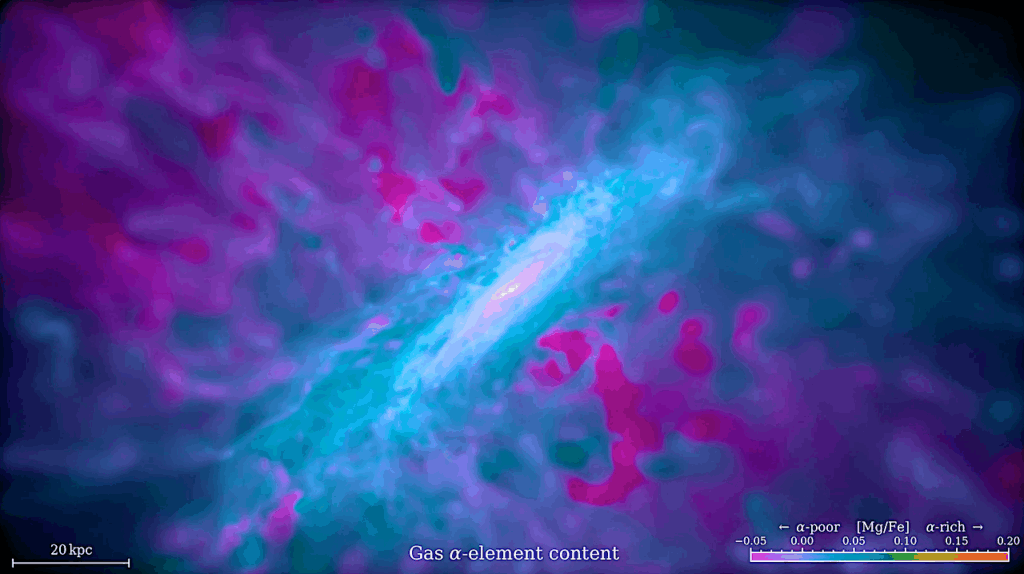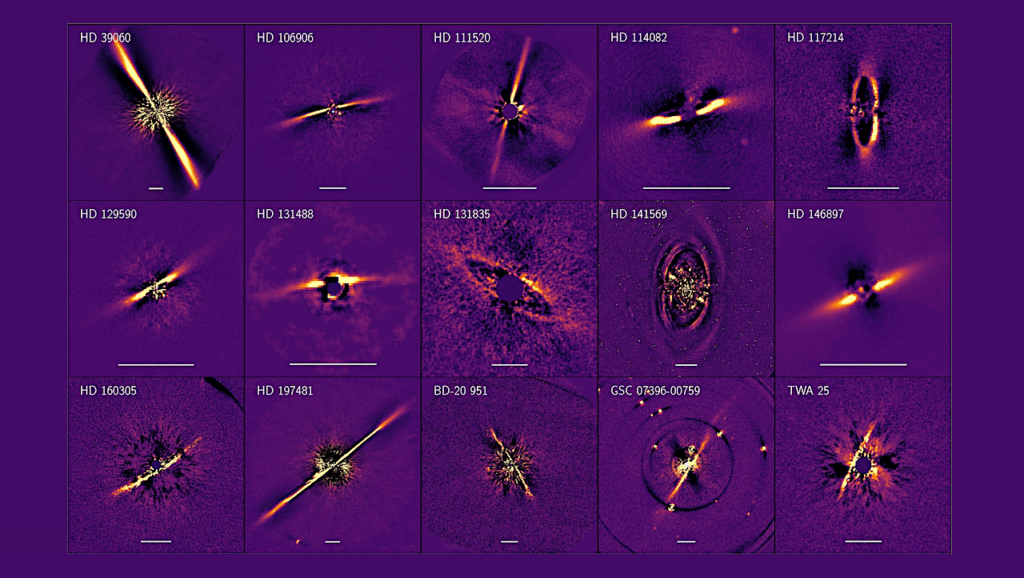A Search For Water Vapor Plumes On Europa By spatially Resolved Spectroscopic Observation Using Subaru/IRCS
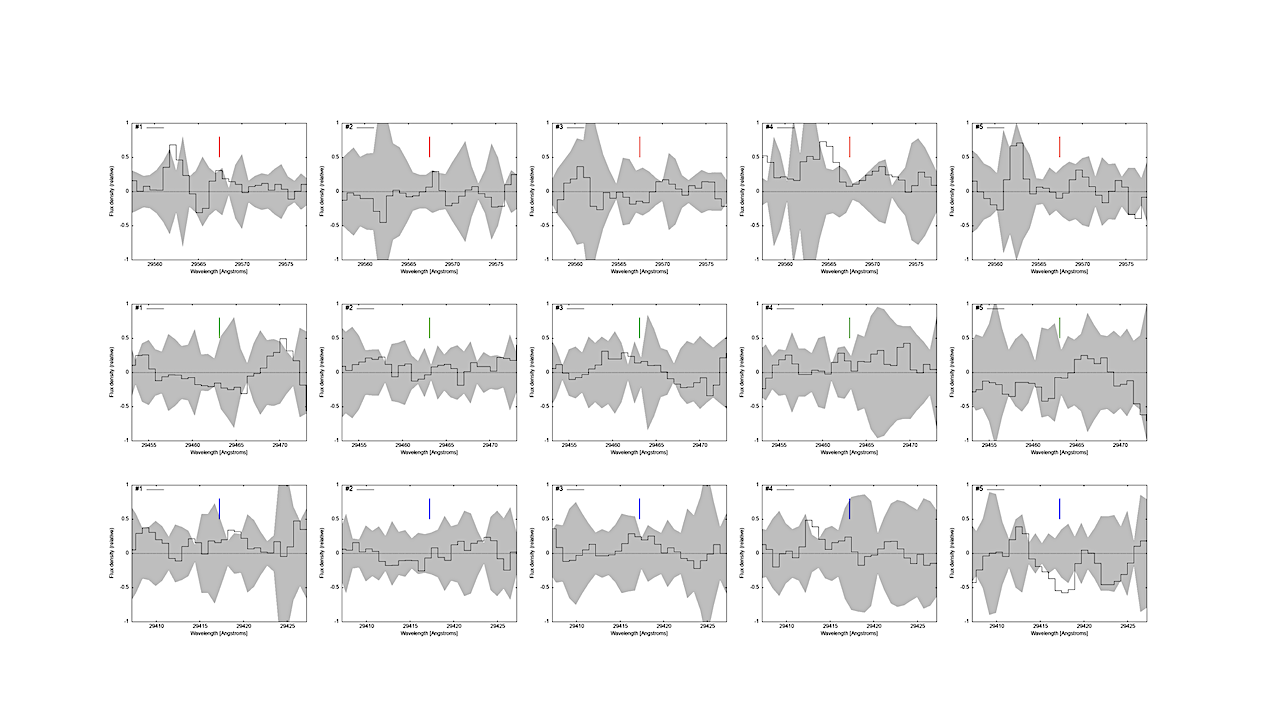
We present near-infrared high-dispersion spectroscopic observations of Europa using the Infrared Camera and Spectrograph (IRCS) onboard the Subaru Telescope, seeking direct evidence of water plumes on Europa and exploring spatial variations in plume activity.
Using high spectral/spatial resolution and sensitivity of Subaru/IRCS, our observations have enabled a spatially resolved search for water plumes on Europa. Within our detection limits and time of observation, we found no evidence for the presence of water emission. For a rotation temperature of 50 K, we derived an upper limit on the H2O abundance of 9.46×1019 – 5.92×1020 m−2 in each divided slit area and 4.61×1019 m−2 in the entire area covered by the slit.
This upper limit lies below the inferred water abundance from previous UV observations by the Hubble Space Telescope (HST), while being less sensitive by a factor of three compared to the Keck telescope and by one order of magnitude or more than the James Webb Space Telescope (JWST) observations.
Our results align with previous studies and demonstrate that using Subaru/IRCS is an effective strategy for searching for water plumes on Europa with high spatial resolution. Continued observations across different surface areas and orbital phases are essential to fully characterize Europa’s plume activity and complement upcoming space missions.
Jun Kimura, Taro Matsuo, Hitomi Kobayashi, Yuji Ikeda, Kazuo Yoshioka, Seiko Takagi, Shigeru Ida
Comments: 8 pages, 7 figures. Accepted for publication in PASJ
Subjects: Earth and Planetary Astrophysics (astro-ph.EP)
Cite as: arXiv:2409.19053 [astro-ph.EP] (or arXiv:2409.19053v1 [astro-ph.EP] for this version)
https://doi.org/10.48550/arXiv.2409.19053
Focus to learn more
Submission history
From: Jun Kimura
[v1] Fri, 27 Sep 2024 18:00:02 UTC (6,866 KB)
https://arxiv.org/abs/2409.19053
Astrobiology, Astrochemistry,



